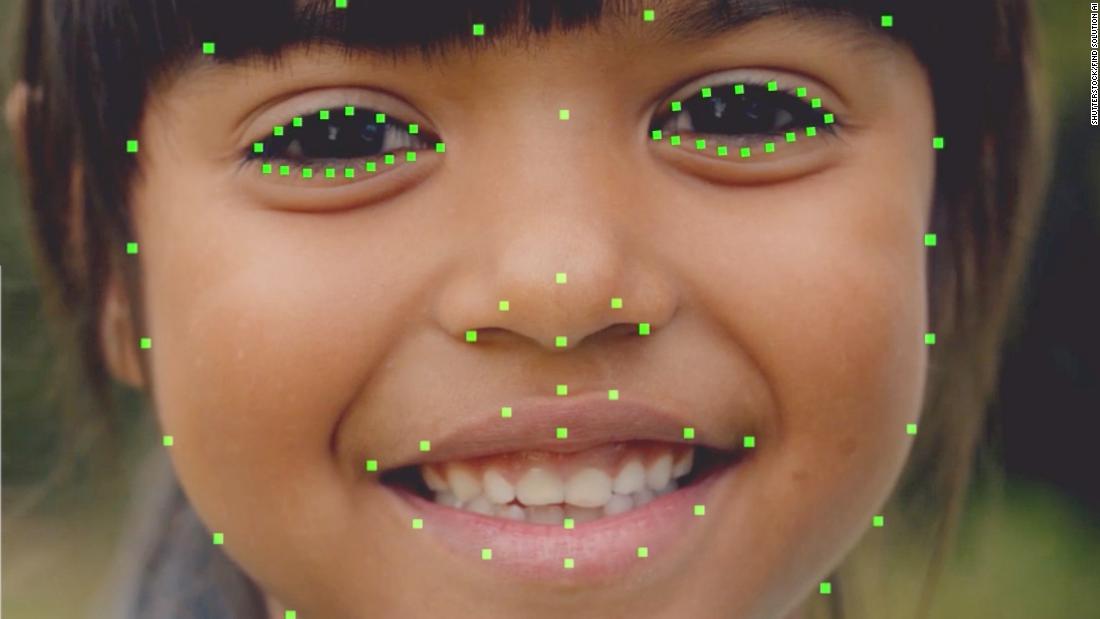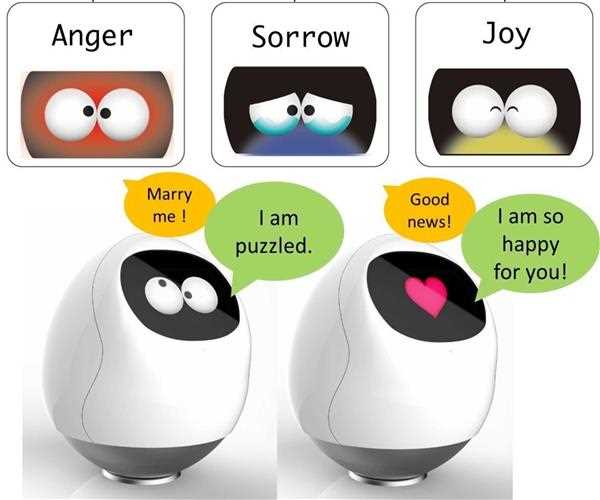AI-Based Emotion Recognition in User Experience
In recent years, there has been a growing interest in the use of artificial intelligence (AI) for emotion recognition in user experience (UX). This is due to the fact that emotions play a significant role in how people interact with technology, and by understanding users' emotions, companies can design products and services that are more effective and engaging.

There are a number of different ways to use AI for emotion recognition in UX. One common approach is to use facial expression analysis. This involves tracking the movement of facial muscles in order to identify different emotions. Another approach is to use voice analysis. This involves analyzing the pitch, tone, and other characteristics of a person's voice in order to identify their emotions.
In addition to facial expression and voice analysis, there are a number of other techniques that can be used for emotion recognition in UX. These include physiological measures, such as heart rate and skin conductance, and behavioral measures, such as eye tracking and body language.
The use of AI for emotion recognition in UX has a number of potential benefits. For example, it can be used to improve the user experience by providing personalized feedback and support. It can also be used to create more engaging and immersive experiences.

However, there are also a number of challenges associated with the use of AI for emotion recognition in UX. One challenge is that it can be difficult to accurately identify emotions from nonverbal cues. Another challenge is that people may be reluctant to share their emotions with a computer.
Despite these challenges, the use of AI for emotion recognition in UX is a promising area of research. As the technology continues to develop, it is likely that we will see more and more applications of AI for emotion recognition in the real world.
Benefits of AI-Based Emotion Recognition in UX

There are a number of potential benefits of using AI for emotion recognition in UX. These include:
- Personalization: AI can be used to personalize the user experience by providing users with tailored content and experiences that are tailored to their individual needs and preferences. For example, a website could use AI to track a user's browsing history and interests in order to recommend relevant products or articles. A mobile app could use AI to track a user's location and activity in order to provide them with personalized recommendations for restaurants, events, or other activities.
- Engagement: AI can be used to create more engaging and immersive experiences for users. For example, a game could use AI to track a user's progress and adjust the difficulty level accordingly. A virtual reality experience could use AI to track a user's head and eye movements in order to create a more realistic and immersive experience.
- Support: AI can be used to provide users with personalized support and assistance. For example, a customer service chatbot could use AI to understand a user's problem and provide them with the help they need. A virtual assistant could use AI to track a user's schedule and appointments in order to remind them of important events.
Challenges of AI-Based Emotion Recognition in UX

There are also a number of challenges associated with the use of AI for emotion recognition in UX. These include:
- Accuracy: One challenge is that it can be difficult to accurately identify emotions from nonverbal cues. Facial expression analysis, for example, can be difficult to interpret, and voice analysis can be affected by factors such as background noise and the speaker's accent.
- Bias: Another challenge is that AI systems can be biased against certain groups of people. For example, a facial expression analysis system that is trained on a dataset of predominantly white faces may not be able to accurately identify emotions in faces of other races.
- Privacy: The use of AI for emotion recognition raises concerns about privacy. For example, a company that uses AI to track a user's browsing history or location could potentially use this information to build a detailed profile of the user's interests and activities.
Conclusion

The use of AI for emotion recognition in UX is a promising area of research. As the technology continues to develop, it is likely that we will see more and more applications of AI for emotion recognition in the real world. However, there are also a number of challenges associated with the use of AI for emotion recognition in UX, such as accuracy, bias, and privacy. It is important to be aware of these challenges and to take steps to mitigate them when using AI for emotion recognition in UX.
How to Use AI for Emotion Recognition in UX
There are a number of ways to use AI for emotion recognition in UX. Here are a few examples:

![]()
- Facial expression analysis: This involves tracking the movement of facial muscles in order to identify different emotions. This can be done using a webcam or other camera.
- Voice analysis: This involves analyzing the pitch, tone, and other characteristics of a person's voice in order
Post a Comment